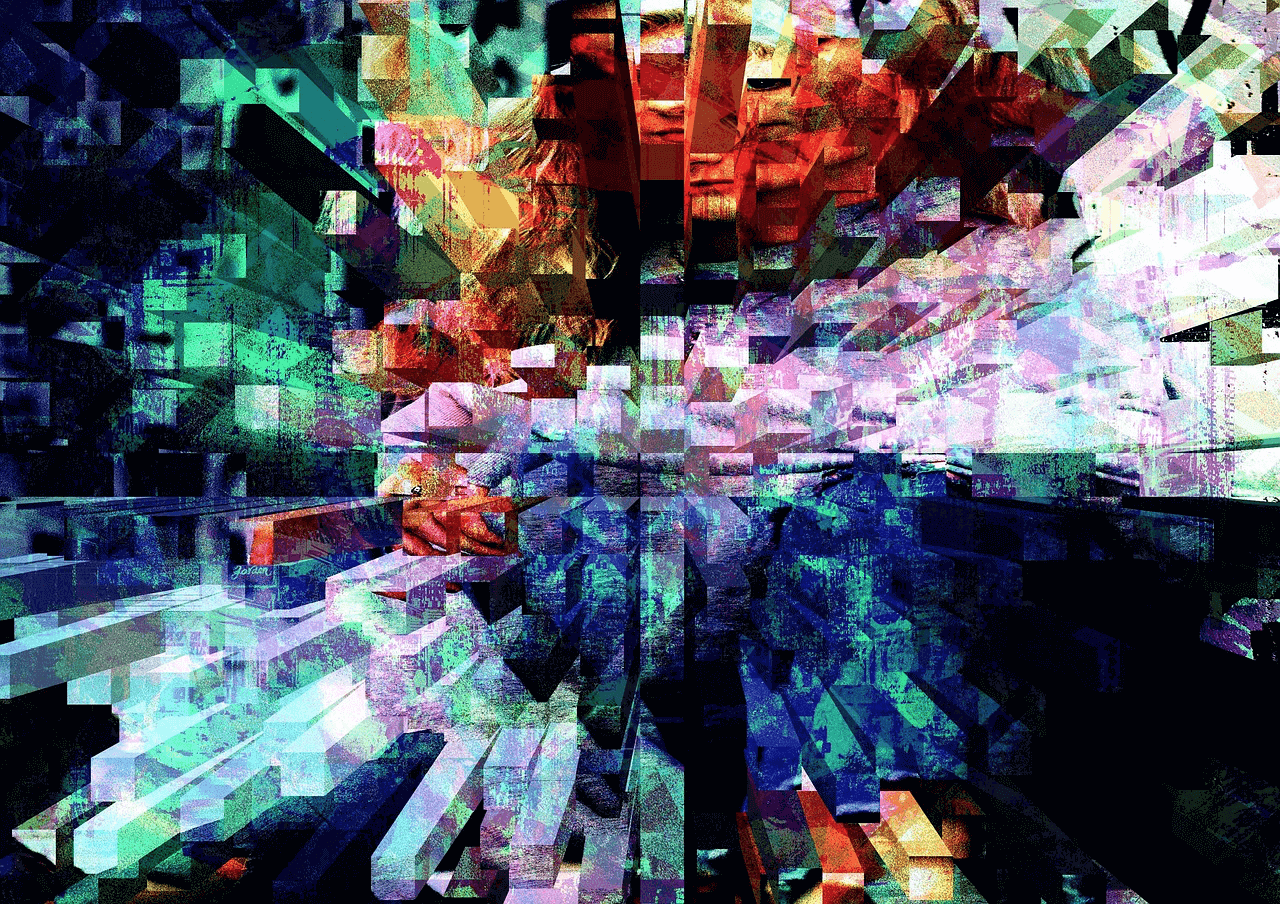 In today’s electronic media environment, broadcasters and content owners live and die according to the quality and versatility of their media assets. Not only do consumers expect the best quality viewing experience, but they also expect that viewing experience to be possible on the widest range of devices, at any time and in any situation:
In today’s electronic media environment, broadcasters and content owners live and die according to the quality and versatility of their media assets. Not only do consumers expect the best quality viewing experience, but they also expect that viewing experience to be possible on the widest range of devices, at any time and in any situation:
This might seem like a Herculean challenge, however the evolution of file-based workflows has provided the means for broadcasters and content owners to service this new multi-platform demand efficiently and profitably. Using one of the new generation of Media Asset Management (MAM) platforms, such as Dalet Galaxy, it is possible to manage media output in the highest quality and across a broad diversity of viewing devices.
However, an absolutely critical factor in this process is the quality of your media assets. If the media file is not fit for purpose it can result in the consumer’s viewing experience falling short of their expectations. Furthermore, a poor quality media file can become toxic within a workflow and can create issues and even major system failures if it is not identified, ring-fenced and fixed at the earliest possible stage.
Automated QC – yes or no?
So, we all agree that media QC is a critical issue. The next question is how to achieve the optimum QC facilities without it becoming excessively costly and slowing down your workflow, thereby reducing overall efficiency. There is always a balance to be struck between process automation and manual intervention and the task is getting that balance right.
The EBU are clear on this subject. The organization recognised QC as an important topic for the media industry in 2010. The following year it started an EBU Strategic Programme on Quality Control, with the aim to collect requirements, experiences and to create recommendations for broadcasters implementing file-based QC in their facilities.
Today, facilities are able to benefit from the findings on this Programme. Firstly, the EBU does not recommend entirely manual QC systems – it says, “Broadcasters moving to file-based production facilities have to consider how to use automated Quality Control systems. Manual quality control is simply not adequate anymore and it does not scale.”
However, this does not mean that the optimum solution is fully automated QC regimes. At AmberFin, we believe that broadcasters and facilities would quickly regret installing a fully automated QC system since there are certain media faults and scenarios that are not efficiently detected and corrected by machines. In certain scenarios it is far easier, more efficient and less costly to combine human intervention alongside the process automation engine. Furthermore, in some situations a trained operator can perform the required media file fix much more quickly and efficiently than any machine.
UQC – a balance of process automation with human intervention
At AmberFin, we have learned that there is no replacement for human beings in the QC process. The challenge is to create a combined human & automated QC review system which provides a single integrated user interface for media Fix-up judgement. This will enable a range of different human interventions, including creative, forced and controlled operations.
The end result – so you hope – is a fast, efficient and flexible file-based workflow where media file quality is assured at every stage, from the earliest possible point in the media transformation process.
This has been the goal that has driven us forward at AmberFin. In developing our Unified Quality Control (UQC) platform, we believe that we have created the ultimate man-machine combination where the highest levels of media QC are assured right throughout a facility and at minimum cost.
If you are assessing – or indeed re-assessing – your QC resources, why don’t you take time out to read our free white paper on this topic – Trust me, it’s a good read and will explain why effective media QC requires a combination of automated process and human intervention.
I hope you found this blog post interesting and helpful. If so, why not sign-up to receive notifications of new blog posts as they are published?





